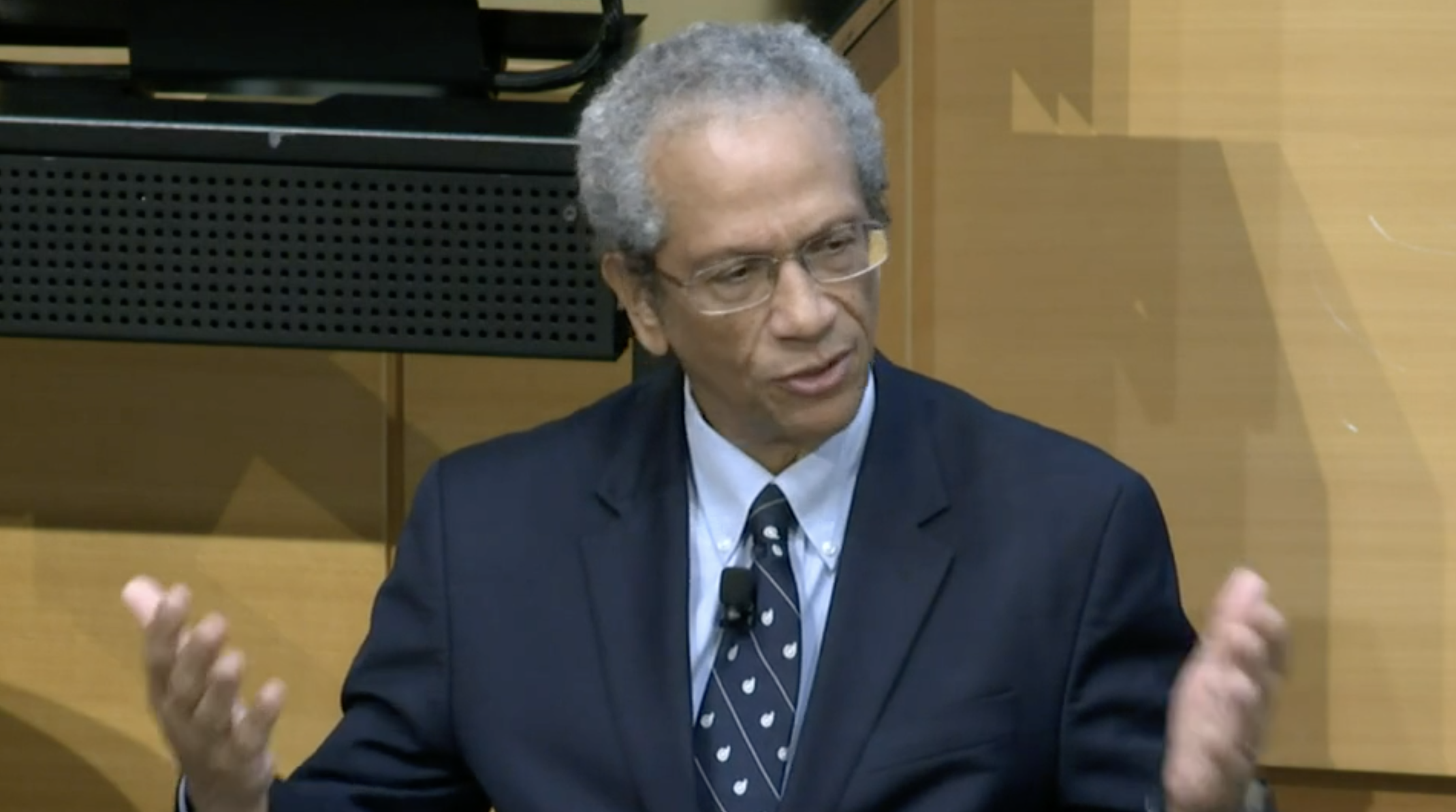The detection of the Type Ia supernova SN 2020eyj at radio wavelengths show that the exploded white dwarf had a helium-rich companion.
An artist’s rendition of SN 2020eyj, a white dwarf star that went supernova after pulling material from a helium companion star. Image credit: Adam Makarenko / W.M. Keck Observatory.
Type Ia supernovae are important for astronomers since they are used to measure the expansion of the Universe.
However, the origin of these explosions has remained an open question.
While it is established that the explosion is caused by a compact white dwarf star that somehow accretes too much matter from a companion star, the exact process and the nature of the progenitor is not known.
“Type Ia supernovae are thermonuclear explosions of degenerate white dwarf stars destabilized by mass accretion from a companion star, but the nature of their progenitors remains poorly understood,” said Stockholm University astronomer Erik Kool and his colleagues.
“A way to discriminate between progenitor systems is through radio observations; a non-degenerate companion star is expected to lose material through winds or binary interaction before explosion, and the supernova ejecta crashing into this nearby circumstellar material should result in radio synchrotron emission.”
“However, despite extensive efforts, no Type Ia supernova has ever been detected at radio wavelengths, which suggests a clean environment and a companion star that is itself a degenerate white dwarf star.”
The astronomers performed detailed observations of SN 2020eyj, a Type Ia supernova discovered by the Zwicky Transient Facility in 2020.
They revealed that this supernova was surrounded by circumstellar material consisting mainly of helium, and also succeeded in detecting radio waves from the supernova.
Comparing the observed radio wave strength with theoretical models revealed that the progenitor white dwarf star had been accreting material at a rate of about 1/1000 the mass of the Sun every year.
This is the first confirmed Type Ia supernova triggered by mass accretion from a companion star with an outer layer consisting primarily of helium.
“Once we saw the signatures of strong interaction with the material from the companion we tried to also detect it in radio emission,” Dr. Kool said.
“The detection in radio is the first one of a Type Ia supernova — something astronomers have tried to do for decades.”
“This is clearly a very unusual Type Ia supernova, but still related to the ones we use to measure the expansion of the Universe,” added Stockholm University astronomer Joel Johansson.
“While normal Type Ia supernovae appear to always explode with the same brightness, this supernova tells us that there are many different pathways to a white dwarf star explosion.”
The findings appear in the journal Nature.
_____
E.C. Kool et al. 2023. A radio-detected type Ia supernova with helium-rich circumstellar material. Nature 617, 477-482; doi: 10.1038/s41586-023-05916-w
Note: This article have been indexed to our site. We do not claim legitimacy, ownership or copyright of any of the content above. To see the article at original source Click Here














